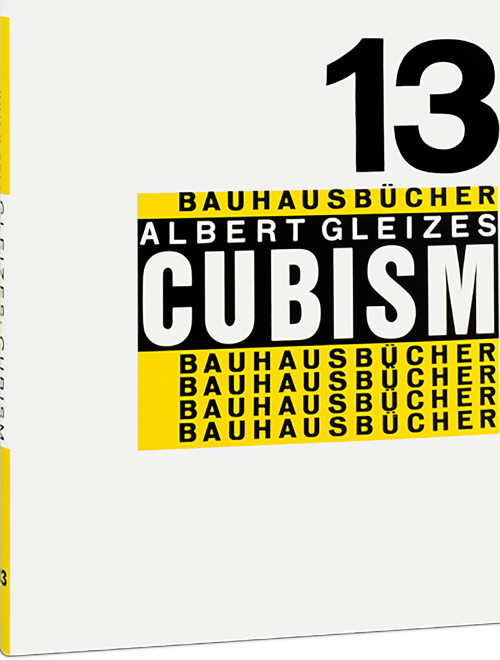
Dutch Architecture
"I am not an art historian but an architect: the future is more important to me than the past and I am more inclined to investigate what is to come than to research what had already occured.” Thus begins Oud’s “confession” in volume 10 of the Bauhausbücher series. His writing is a summary of theoretical and practical findings in the field of architecture, specifically using the example of Dutch architecture. He thus looks to the future and reflects on the potential of architecture without forgetting to reveal his relationship with the past.
“What has happened teaches lessons for what is to come" – from these considerations Oud's examination of Dutch architecture, which is recorded in this volume, derives his ideas.
The series is published with the generous support of the Rudolf-August Oetker-Stiftung.
"I am not an art historian but an architect: the future is more important to me than the past and I am more inclined to investigate what is to come than to research what had already occured.” Thus begins Oud’s “confession” in volume 10 of the Bauhausbücher series. His writing is a summary of theoretical and practical findings in the field of architecture, specifically using the example of Dutch architecture. He thus looks to the future and reflects on the potential of architecture without forgetting to reveal his relationship with the past.
“What has happened teaches lessons for what is to come" – from these considerations Oud's examination of Dutch architecture, which is recorded in this volume, derives his ideas.
The series is published with the generous support of the Rudolf-August Oetker-Stiftung.

























